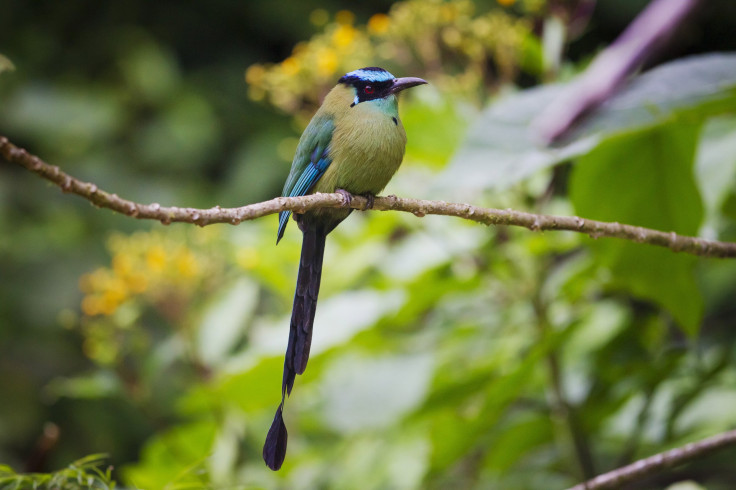'One In A Million' Discovery: Take A Look At This Extremely Rare Yellow Cardinal Spotted In Florida

A woman in Port St. Lucie, Florida, spotted an extremely rare yellow cardinal in her backyard earlier this month, with the birds known usually for their bright red color.
Tracy Workman saw the bird on Oct. 3, with the bird's yellow coloring likely a result of genetic mutation. The photography teacher snapped a few pictures of the bird before it flew away.
Geoffrey Hill, a professor and curator of birds at Auburn University and an expert on bird coloration, said only three yellow cardinal sightings are reported a year, making this bird a "one in a million" finding. https://t.co/Gi7wwNEpwG pic.twitter.com/DusLKlRi5e
— WillCoForestPreserve (@WillCoForests) October 15, 2019
Workman named the unique creature "sunny." Although a unique yellow cardinal might make someone want to keep the bird, this is banned in the United States under the Migratory Bird Treaty of 1918.
Auburn University professor Geoffrey Hill said that usually only three yellow cardinals are seen each year on average.
Northern cardinals are particularly abundant in the southeast U.S. and can be seen as far north as Maine. The cardinal is the state bird of Kentucky, North Carolina, Ohio, Virginia, West Virginia, Illinois and Indiana. The birds primarily eat insects and are fiercely defensive of their breeding territory.
Another genetic mutation that occurs in birds sometimes is albinism, which typically causes the birds to have white feathers and reddish eyes. Melanism, a genetic mutation that causes birds to have excess amounts of dark pigmentation in feathers, is also sometimes seen.
© Copyright IBTimes 2025. All rights reserved.





















